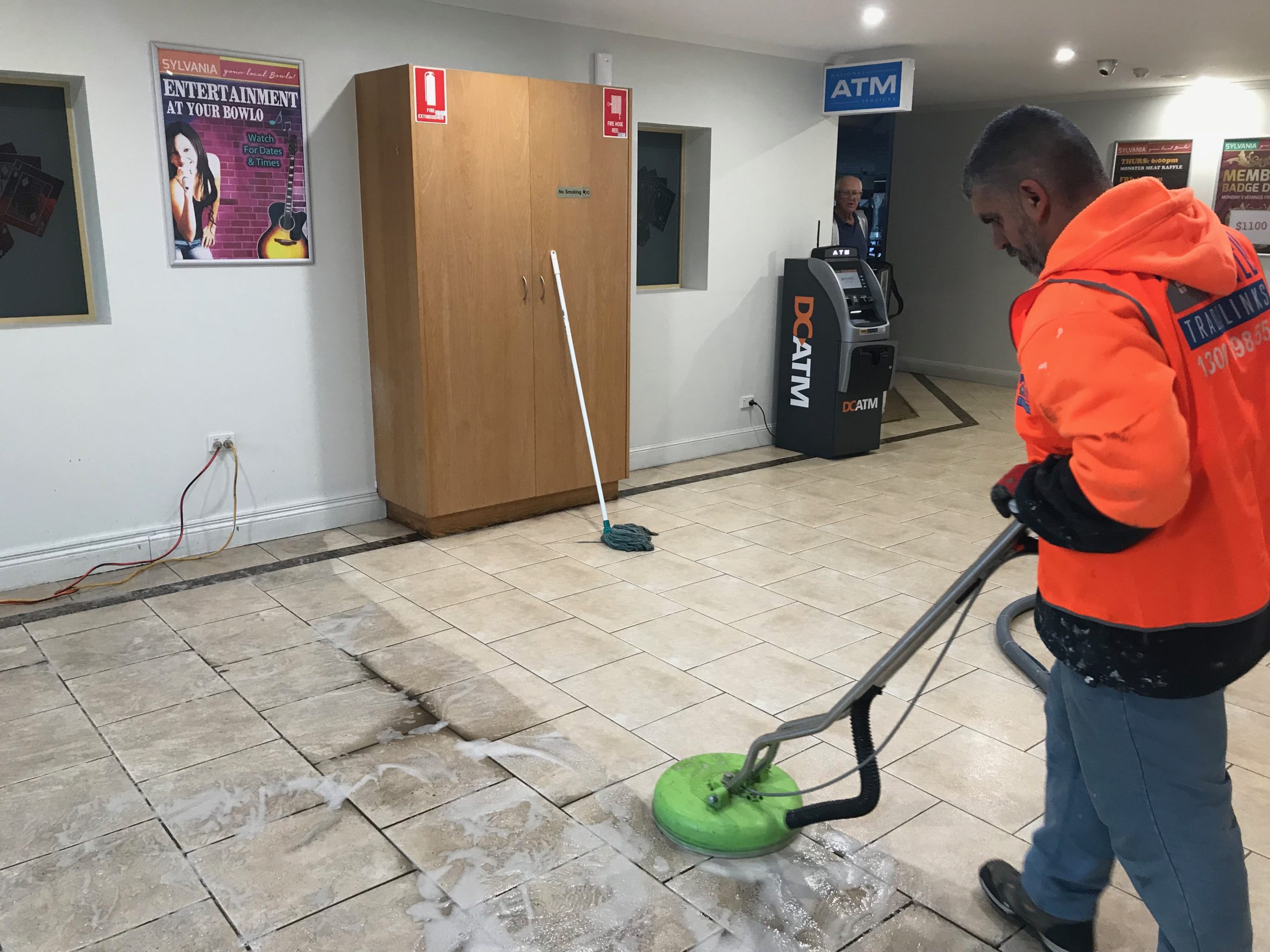Tile grouting, however frequently ignored, is critical in keeping up with the stylish allure and structural integrity of your tiled surfaces. After some time, grout can wear out, prompting various issues.
In this article, we’ll dive into the top pointers that signal the requirement for re-grouting services
Cracked and Crumbling Grout Lines
One of the essential signs that your tiled surfaces require attention is the presence of cracked or crumbling grout lines. Over the years, exposure to moisture and general wear and tear can break grout down. Visually review your tiled regions for any noticeable harm to the grout lines.
Water Stains and Mould Growth
Grout isn’t simply susceptible to physical harm but also to water invasion. If you notice water stains on your grout or, even worse, mould growth, it’s an obvious sign that the grout has lost its water-resistant properties. Mould looks unsightly and can pose health risks, making timely re-grouting essential.
Loose or Missing Grout
When grout becomes loose or starts to go missing, it compromises the stability of the tiled surface. Loose grout allows for movement between tiles, leading to potential damage. Inspect your tiled areas for gaps or sections where grout is absent, and prioritise re-grouting to prevent further issues.
Fading and Discoloration
Natural wear and exposure to sunlight can cause grout to fade and lose its original colour. If your grout looks discoloured or significantly lighter than when it was first installed, it indicates it has aged and may no longer provide the necessary support. Re-grouting services can refresh the appearance of your tiles and enhance the overall look of the space.
Difficulty in Cleaning
Grout is designed to be a low-maintenance material, but it can become porous over time and trap dirt and stains. If you find it increasingly challenging to clean your tiled surfaces despite your best efforts, it may be time for re-grouting. Fresh grout not only looks cleaner but is also easier to maintain.
Uneven or Sunken Tiles
Uneven or sunken tiles can be a result of deteriorating grout beneath them. When the grout loses its adhesive properties, tiles can shift or sink, creating an uneven surface. If you notice tiles that are no longer flush with the surrounding ones, addressing the grout issue promptly can prevent further damage and ensure a level and stable surface.
Visible Wear in High-Traffic Areas
High-traffic regions, for example, doorways and kitchen floors, frequently give indications of wear and tear more rapidly than less-utilised spaces. If you notice apparent wear or staining here, it’s an obvious sign that the grout is reaching the end of its life expectancy. Re-grouting these zones can revitalise the surface and guarantee it can withstand continued foot traffic without undermining its primary trustworthiness.
Sharp Odours and Unpleasant Smells
Over the long run, moisture and organic matter can get trapped in deteriorating grout, prompting the development of undesirable odours. If you recognise smelly or foul smells emanating from your tiled regions, it’s an obvious indicator that the grout might be holding onto undesirable substances. Re-grouting removes the odour and improves the overall cleanliness of the space.
End
Re-grouting services is a fundamental upkeep task that frequently slips through the cracks until issues emerge. You can proactively address grout issues, safeguarding the magnificence and usefulness of your tiled surfaces by focusing on these top indicators. Try not to let worn-out grout compromise the integrity of your tiles – make a move to re-grout and enjoy a fresh and resilient finish that endures for the long haul.





